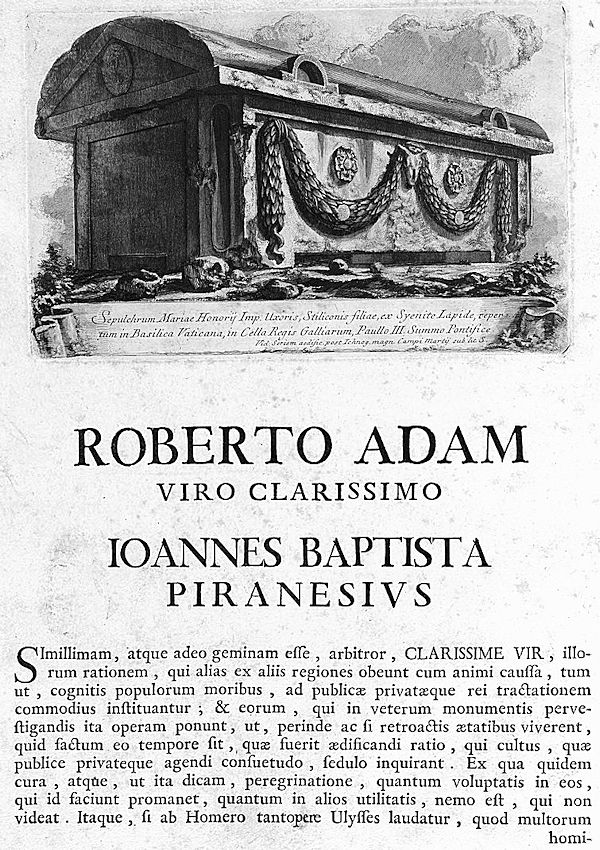| |
2002.01.19 11:46
Re: lack of life
Sometime in the early 1970s I heard that the first friend of my life went missing, and then a month or so later her body was found in some South Carolina woods near where she and her family had moved to. Janet married quite young (I heard), and also divorced quite young. Her ex-husband was high on the suspect list.
While spending the summer of 1981 in Washington DC, I learned that Jim Williams shot Danny H. and that Jim was accused of murder. Here I knew (or at least met a few times) both the killed and the killer. You too might know the story by having either read or seen Midnight in the Garden of Good and Evil. In the years after jail in the early 1980s, Jim and I shared the same best friend, and thus I then had a closer than usual but still literally distant friendship with Jim. With all the stuff that I (and very few others) know, why aren't I busy trying to write the next record breaking best-seller? I even have copies of letters that Jim wrote while he was in jail, but somehow "laws of silence" unwittingly prevail. [One of Jim's favorite phrases was "You don't know a thing." As far as I know, I'm the only person to have said "You don't know a thing" to Jim in the same way he used to say it to others. Another thing that is not generally known is that one of Jim's strongest motivations was to continually "Piss off the right people."]
And then in (I think) 1986 Ismael Faruqi and his wife were brutally murdered in their Philadelphia suburban home. I was good friends with their architect-student niece, and even dated one of their daughters a couple of times (I know we at least saw Saturday Night Fever together). Faruqi was the last Palestinian governor of Galilee, and then head of the Religion Department at Temple U. I only learned of Faruqi's past political position after his death; I certainly didn't know it the night he drove me home after a late night charrette.
["And we become these human jukeboxes. Spitting out these anecdotes!" -- Six Degrees of Separation]
Meanwhile (kind of) Theodosius is still lying in state at Milan, and "he's" going to be there for 38 more days. I have no idea why the laying is state is to take so long except that the total forty days may be some kind of reenactment of the forty days Christ spent in the desert, which is today reenacted annually via Lent. Perhaps this was somehow Ambrose's design, because it is interesting that after forty days, Ambrose should then deliver an obituary within which is the story of how the True Cross was found. [Get it? First Lent and then the Crucifixion.]
So, now that you have a fairly good idea of who Ambrose and Theodosius are, it is time to learn more of Honorius (the younger son of Theodosius who is now Emperor of the West) and his wife Maria. Honorius was the last ancient ruler to [re]build the walls of Rome (because of the "Gothic Wars"--Christian "Goths," that is) and he also built an imperial mausoleum attached to the original Basilica of St. Peter's. Sometime in the 1500s the sarcophagus of Maria was discovered (very likely while the old basilica was being demolished to make way for the new/present one). The sarcophagus of Maria may well be the last substantial imperial artifact of (the city of) Rome, and after an illustrious title page and a frontispiece, it is an image of the sarcophagus of Maria that Piranesi uses to begin his Campo Marzio publication. In a most elegantly covert way, Piranesi began the 'history' of the Campo Marzio with what is really it's ending, and what is probably the world's greatest designed architectural inversionary double theater goes on from there.
| |
|

